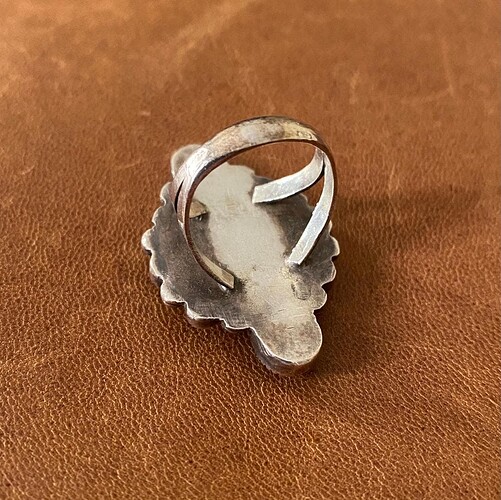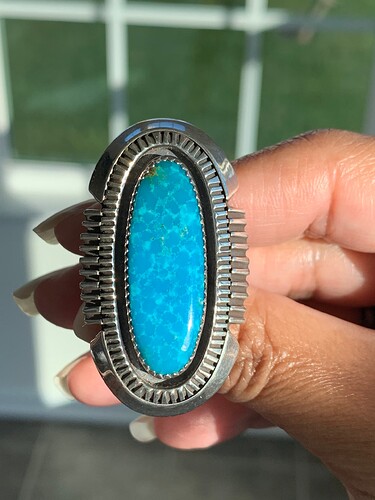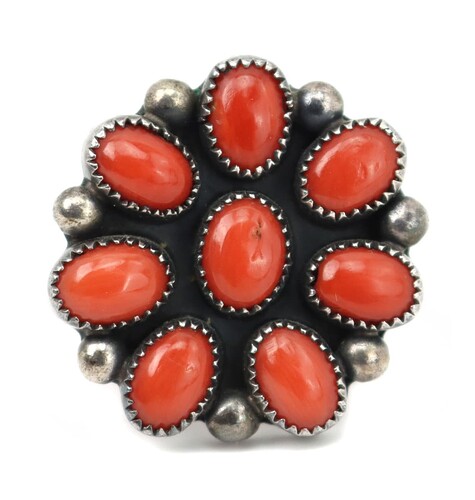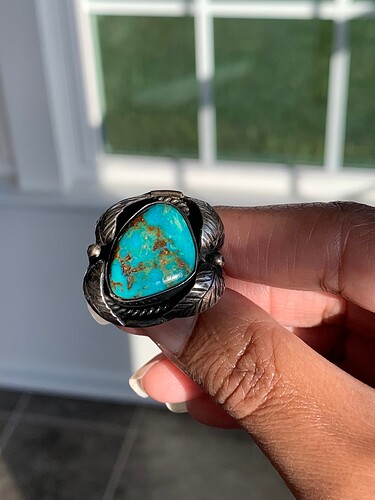Dating handmade jewelry - especially in an environment where “older = higher perceived value” is difficult. In the absence of an actual “born on” date, or year physically stamped, etched or engraved on a piece, and an airtight paper trail the best any of us can do is make the best guess we can based upon experience and industry knowledge using materials, techniques, and physical characteristics as reference points.
One thing that particularly stands out to me in this coral cluster ring is the use of standard mm European cut Mediterranean coral in the cluster work. We really didn’t start to see medium grade standardized professionally cut coral cabs like this appear in supply houses until the 70’s. Coral absolutely exploded on the market in the early 70’s. For a while - a long time retrospectively - it was absolutely the hottest thing going. Consumers couldn’t get enough of it. Everyone was making coral jewelry, and sources from Italy and the Mediterranean Middle East came out of the woodwork and descended on Gallup, Albuquerque, Phoenix, and Denver like a plague of locusts. People bought everything they had, and couldn’t wait to get more.
For someone who wasn’t physically there, the best way to imagine what that time was like would be to mentally time travel back to the middle of the gold rush of 1849. It didn’t matter if you sold picks or shovels or, prospectors supplies, mining claims or physical gold. Money was flowing like water, and no matter what end of the business you were in, prosperity was there for the taking.
It was not the 30’s, 40’s or 50’s or even 60’s, but during the 70’s and into the 80’s that probably 85-90% or better of what’s floating around out there in the secondary, and collectors market was created. That isn’t speculation. I and many others who were present during that time observed and participated in real time, in every possible dimension.
What I personally look at when I’m evaluating a piece of jewelry is not the putative time frame, but the quality and nature of the materials, the soundness, and quality of the work, the overall integrity and originality of the whole of the creation. If something is truly old and orignial, one sees and feels it in the nature of the work. That particular quality is almost impossible to counterfeit, and almost as impossible to define.










